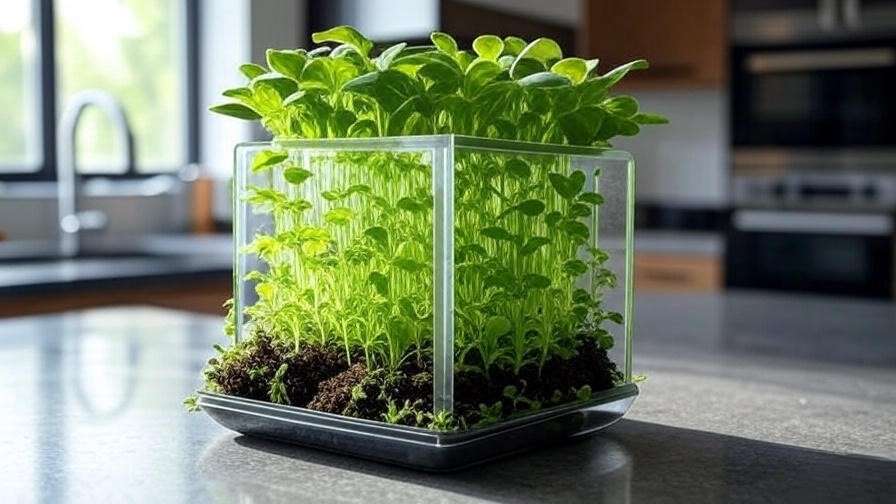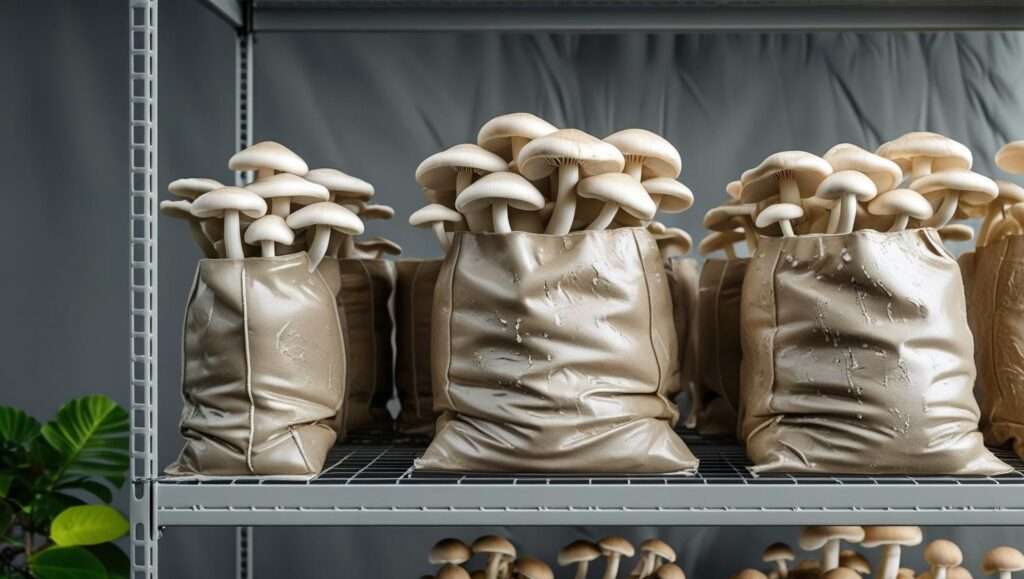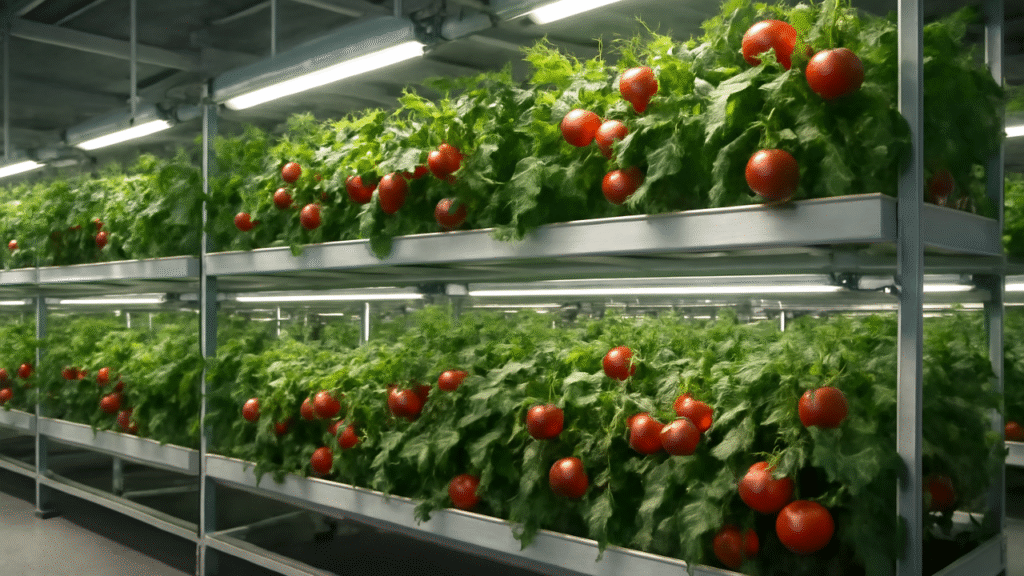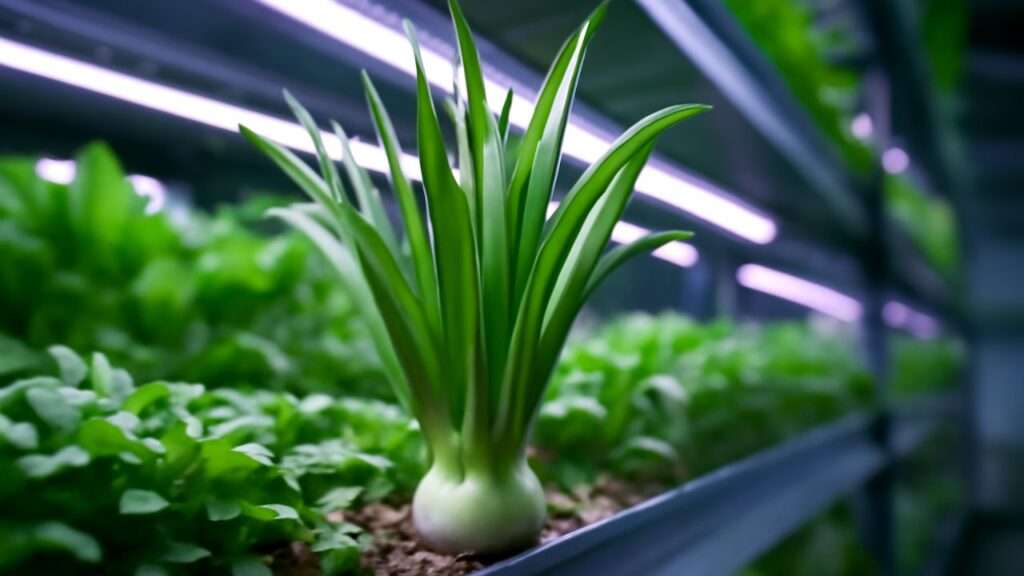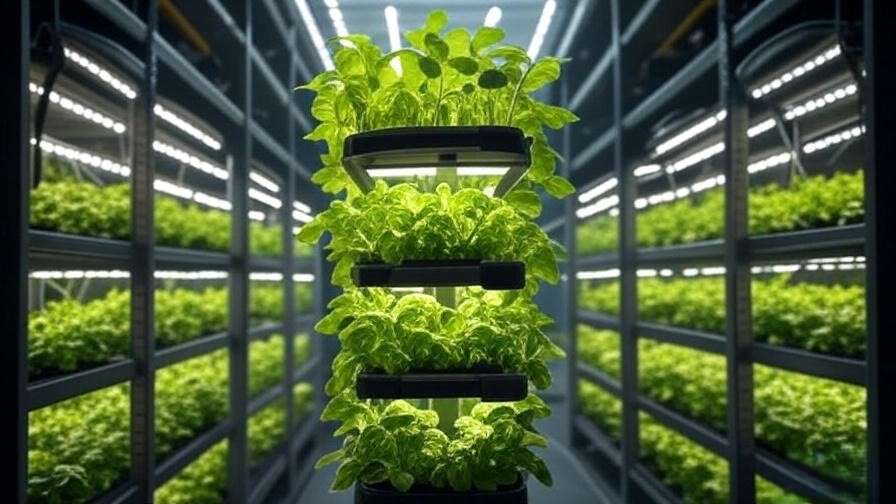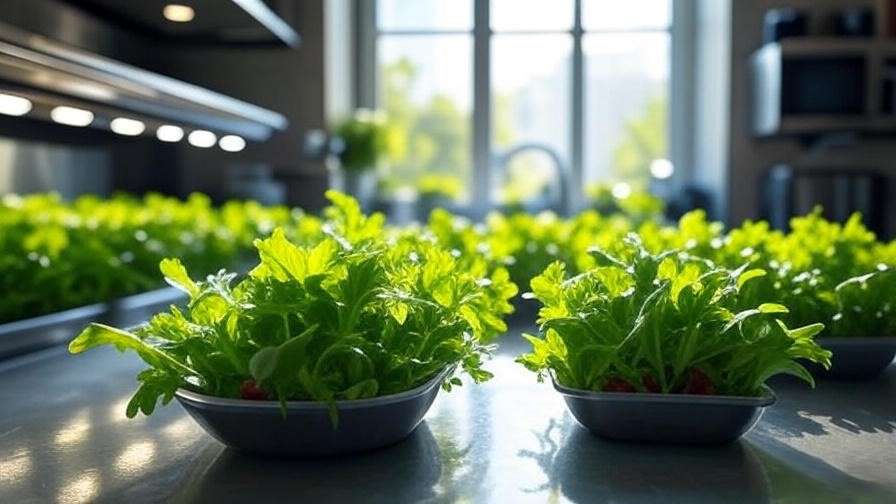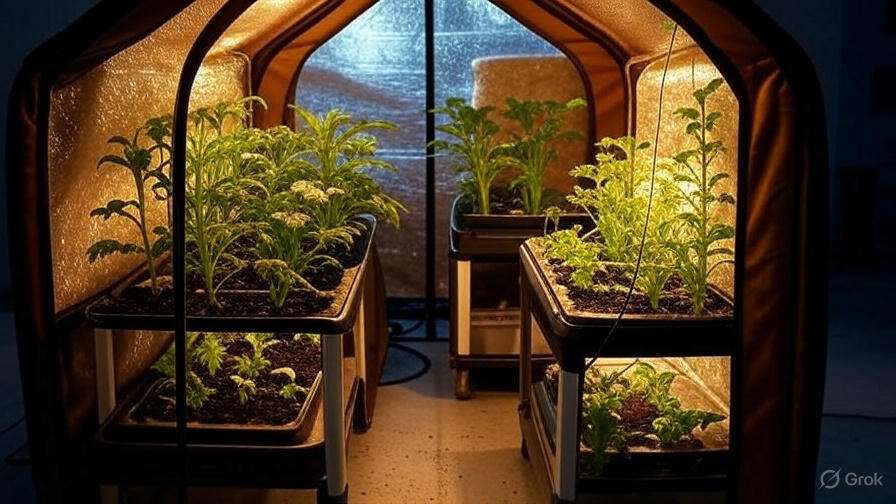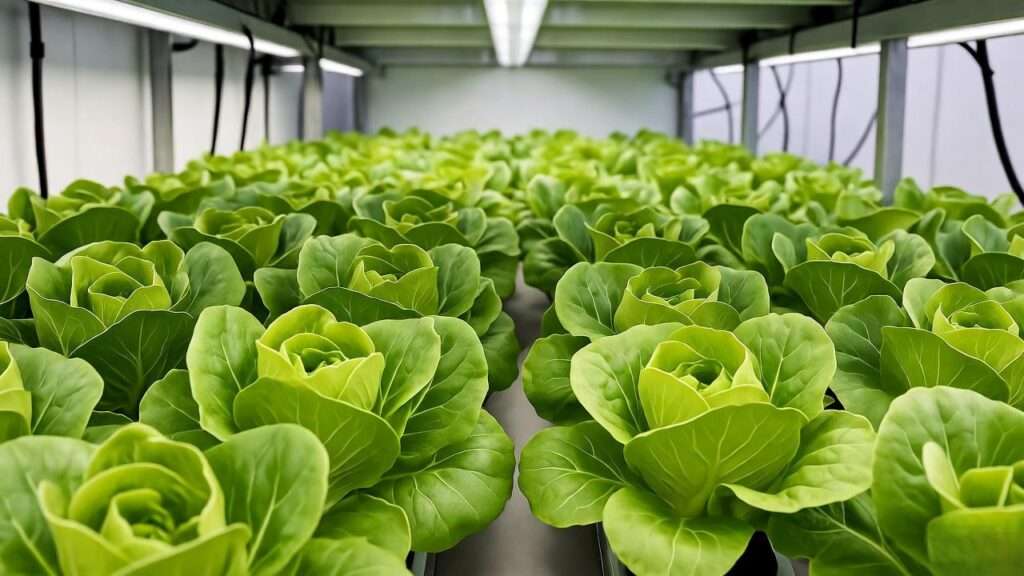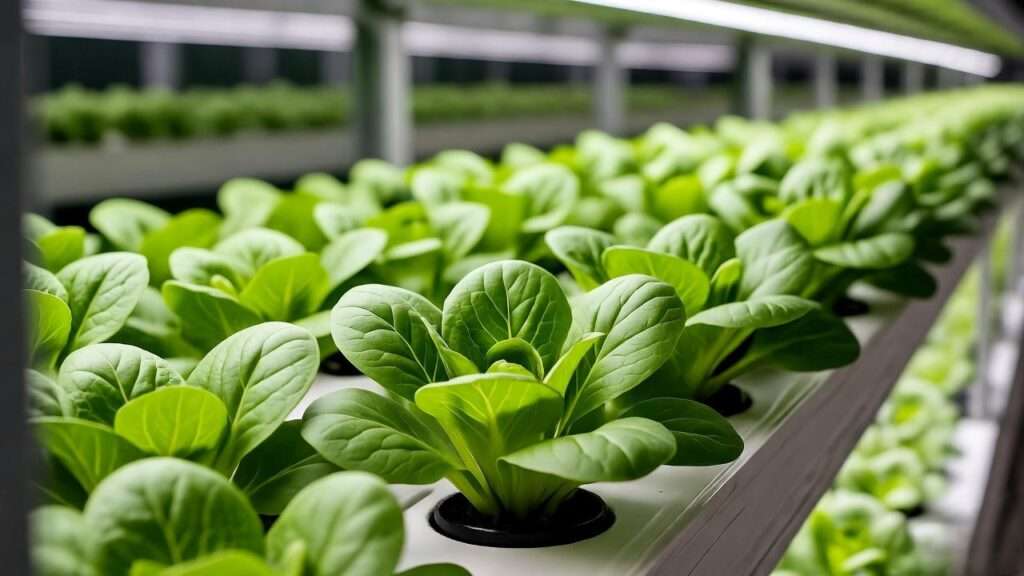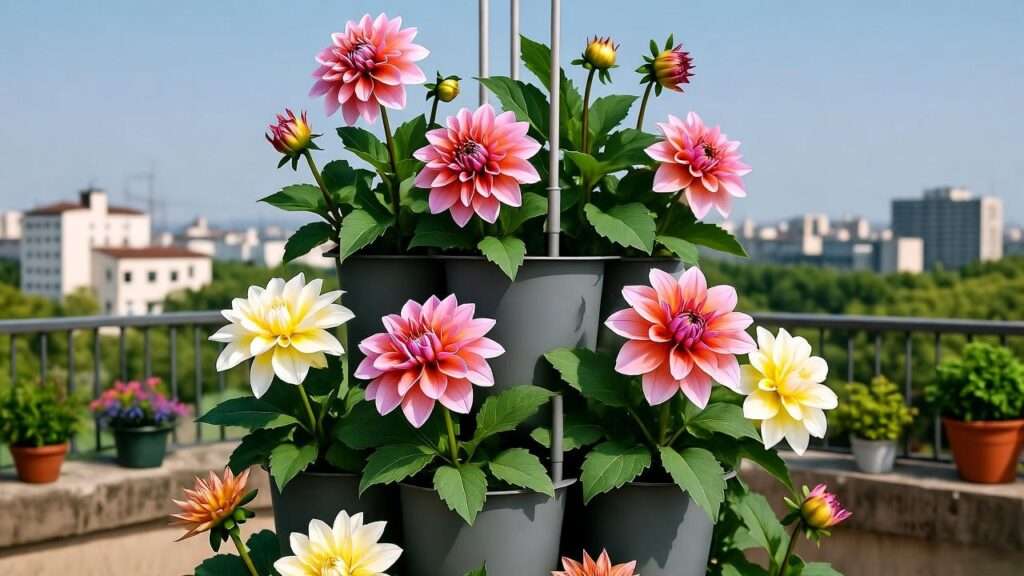Imagine savoring vibrant, nutrient-packed greens harvested straight from your kitchen counter in just 7-10 days—no garden, no hassle, just fresh produce at your fingertips. Enter the microgreen growing kit, the ultimate solution for urban dwellers, health enthusiasts, and eco-conscious individuals looking to embrace sustainable home gardening. Microgreens, the tiny powerhouses of flavor and nutrition, are transforming how we grow fresh food, and these kits make it easier than ever. In this comprehensive guide, we’ll explore why microgreen growing kits are revolutionizing vertical farming, how to choose the best one, and how to grow your own greens with expert-backed tips. Whether you’re a beginner or a seasoned grower, this article will empower you to cultivate fresh, sustainable greens at home.
Understanding Microgreens and Their Appeal
What Are Microgreens?
Microgreens are young, edible plants harvested at the cotyledon or first true leaf stage, typically within 7-14 days of germination. These tiny greens, ranging from arugula to broccoli, pack a nutritional punch, often containing up to 40 times the vitamins, minerals, and antioxidants of their mature counterparts. A 2018 study in the Journal of Agricultural and Food Chemistry found that broccoli microgreens, for example, have significantly higher levels of sulforaphane, a compound linked to cancer prevention, than mature broccoli. Their vibrant colors and bold flavors make them a favorite for salads, smoothies, sandwiches, and garnishes, adding both nutrition and flair to everyday meals.

Why Microgreens Are Taking Over Home Gardening
The popularity of microgreens has skyrocketed, driven by health-conscious diets, urban living, and a push for sustainable food sources. The global microgreen market is projected to reach $2 billion by 2030, according to industry reports, reflecting growing consumer demand. Unlike traditional crops, microgreens require minimal water, space, and time, making them ideal for year-round cultivation. Their low environmental footprint—using up to 90% less water than conventional farming—aligns with eco-friendly trends, while their accessibility appeals to city dwellers with limited space. From rooftop gardeners to apartment residents, microgreens are redefining homegrown food.
The Role of Microgreen Growing Kits in Vertical Farming
Vertical Farming Explained
Vertical farming is a sustainable agricultural method that stacks crops in layers, maximizing space and resources in urban environments. By using controlled environments, it minimizes water and pesticide use while enabling year-round production. Microgreen growing kits embody these principles, offering compact, stackable systems that fit on countertops or shelves. This approach makes fresh produce accessible to anyone, regardless of space constraints, and aligns with the growing trend of urban agriculture.

Anatomy of a Microgreen Growing Kit
A microgreen growing kit typically includes seed trays, a growing medium (like coconut coir or peat), high-quality seeds, and sometimes LED grow lights or watering systems. Kits come in various forms: soil-based for traditionalists, hydroponic for tech-savvy growers, or all-in-one for beginners. Brands like Hamama and Urban Leaf offer user-friendly options with pre-measured supplies, while advanced kits cater to those scaling up production. These kits simplify the growing process, making them perfect for novices and experts alike, with clear instructions to ensure success.
Why Choose a Microgreen Growing Kit?
Unmatched Convenience
Microgreen growing kits take the guesswork out of gardening. With pre-measured seeds and growing mediums, they streamline setup and maintenance, allowing you to harvest fresh greens in as little as 7-14 days—far faster than traditional crops that take months. Whether you’re a busy professional or a parenting juggler, these kits fit seamlessly into hectic lifestyles, requiring minimal time and effort for maximum reward.

Nutritional Powerhouse
Microgreens are nutritional superstars. For instance, red cabbage microgreens contain 6 times more vitamin C than mature cabbage, according to a 2020 study. Nutritionist Dr. Sarah Evans notes, “Microgreens are a simple way to boost daily nutrient intake, offering concentrated vitamins and antioxidants in small servings.” Adding them to meals enhances health benefits without sacrificing flavor, making them a go-to for wellness-focused diets.
Eco-Friendly and Cost-Effective
Growing microgreens at home is a win for both your wallet and the planet. Kits use minimal water and no pesticides, reducing environmental impact compared to traditional agriculture. Cost-wise, store-bought microgreens can run $4-$6 per ounce, while growing your own costs as little as $0.50 per ounce, saving up to 90%. Plus, year-round growing means you’re less dependent on seasonal or imported produce, cutting food miles and supporting sustainability.
Perfect for Urban Lifestyles
For city dwellers, space is a premium, but microgreen growing kits thrive in tight quarters. A single tray can fit on a countertop, windowsill, or balcony, producing enough greens for daily use. Take Sarah, a New York apartment resident, who grows pea shoots and radish microgreens on her kitchen counter: “My kit fits perfectly in my tiny space, and I have fresh greens for salads every week.” These kits make urban farming accessible and rewarding.

How to Select the Right Microgreen Growing Kit
Essential Features to Consider
Choosing the right kit depends on your needs. Look for durable trays, a variety of high-quality seeds (like radish, broccoli, or sunflower), and a reliable growing medium. Hydroponic kits, which use water instead of soil, are low-maintenance but may require more setup, while soil-based kits are straightforward. Optional grow lights ensure consistent growth in low-light spaces. Brands like AeroGarden offer all-in-one solutions with built-in lighting, while True Leaf Market provides affordable, customizable options.
Budget and Value
Kits range from $15 for basic setups to $120 for advanced systems with automation. Entry-level kits, like Hamama’s seed quilts, are perfect for beginners, while pricier options offer larger yields or tech features. To balance cost and quality, prioritize kits with reusable trays and reputable seed suppliers. A $30 kit can produce multiple harvests, making it a cost-effective investment over time.
Matching Kits to Your Goals
Consider your space, experience, and goals. Beginners might opt for a simple, all-in-one kit, while experienced growers may prefer scalable systems for larger yields. If you’re growing for personal use, a single-tray kit suffices; for small-scale commercial ventures, multi-tiered kits maximize output. The comparison table below outlines popular options:
| Kit | Price | Features | Yield | Best For |
|---|---|---|---|---|
| Hamama Seed Quilt | $35 | Pre-seeded quilts, soil-based | 4-6 oz per tray | Beginners |
| AeroGarden Harvest | $100 | Hydroponic, LED lights | 6-8 oz per tray | Tech-savvy growers |
| True Leaf Starter | $25 | Soil-based, reusable trays | 3-5 oz per tray | Budget-conscious |
Step-by-Step Guide to Growing Microgreens with a Kit
Setting Up Your Kit
Start by unboxing your kit and assembling the trays. Add the growing medium (e.g., coconut coir or hemp mats) and moisten it evenly. Place the kit in a well-lit area, such as near a south-facing window, or under LED grow lights for 4-6 hours of daily light. Ensure proper ventilation to prevent mold, and keep the temperature between 65-75°F for optimal growth.
Planting and Growing
Spread seeds evenly across the medium, following the kit’s instructions for density (typically 1-2 teaspoons per 10×10 tray). Lightly press seeds into the medium, then mist with water and cover with a lid or cloth to promote germination. After 2-3 days, remove the cover and continue misting daily. By day 7-14, depending on the variety, your microgreens will be ready to harvest. Expect vibrant greens with cotyledon leaves or the first true leaves.
Harvesting and Storing
Harvest by cutting microgreens just above the soil line with clean scissors. Rinse gently and pat dry. Store in an airtight container in the refrigerator for up to 2 weeks to maintain freshness. Try incorporating them into recipes like a microgreen pesto or a nutrient-packed smoothie for a burst of flavor and health benefits.

Avoiding Common Pitfalls with Microgreen Growing Kits
Common mistakes include overwatering, poor ventilation, or using low-quality seeds. Overwatering can lead to mold, so mist lightly and ensure trays have drainage holes. Poor ventilation stifles growth, so keep air circulating with a small fan or open windows. Low-quality seeds may have poor germination rates, so source from reputable suppliers like Johnny’s Selected Seeds. Horticulturist Jane Lee advises, “Consistency is key—monitor moisture and light daily to avoid setbacks.”
Advanced Strategies for Microgreen Success
Exploring Microgreen Varieties
Experiment with varieties like radish (spicy), pea shoots (sweet), or sunflower (nutty) to diversify flavor and nutrition. Mixing varieties in one tray creates visually appealing harvests. Beginners should start with fast-growing options like broccoli or kale, which are forgiving and yield quickly.
Scaling Your Microgreen Operation
To increase output, stack multiple trays or invest in a multi-tiered kit. For those eyeing small-scale sales, microgreens fetch $20-$50 per pound at farmers’ markets. Calculate space and demand: A 4-tray setup can yield 1-2 pounds weekly, generating extra income.
Leveraging Technology
Enhance growth with LED grow lights (10-20 watts) for consistent results, especially in winter. Automated watering systems or pH testers can optimize hydroponic setups but may not be necessary for small-scale growers. Weigh costs against benefits: A $50 grow light can double yields in low-light conditions.

The Broader Impact of Microgreen Growing Kits
Microgreen kits contribute to sustainable urban agriculture by reducing food miles and resource use. They also foster community engagement—parents use them to teach kids about farming, while neighbors share harvests. A 2023 case study in Chicago showed a community garden using microgreen kits to supply fresh greens to local schools, promoting both education and nutrition.
Frequently Asked Questions
How quickly can I harvest microgreens with a kit?
Most varieties, like radish or broccoli, are ready in 7-14 days, depending on light and temperature.
Are microgreen growing kits worth the investment?
Absolutely—kits save up to 90% compared to store-bought microgreens, with a $30 kit yielding multiple harvests.
Can I reuse my microgreen kit?
Yes, most kits are reusable with fresh seeds and growing medium, making them cost-effective.
Do I need special lighting for my kit?
Natural light works, but LED grow lights ensure consistent growth in low-light conditions.
Which microgreens are best for beginners?
Radish, broccoli, and pea shoots are fast-growing and easy to cultivate, ideal for novices.
Conclusion
Microgreen growing kits are transforming how we grow fresh, sustainable greens, offering convenience, nutrition, and eco-friendly benefits in one compact package. Whether you’re an urban dweller or a health enthusiast, these kits make home gardening accessible and rewarding. Start your microgreen journey today—choose a kit, follow our expert tips, and enjoy vibrant greens in just days. Share your experience in the comments or try a microgreen salad recipe to savor your harvest!
Recipe Sidebar: Microgreen Power Smoothie
Blend 1 cup spinach, ½ cup broccoli microgreens, 1 banana, 1 cup almond milk, and a tablespoon of chia seeds for a nutrient-packed breakfast.
Resources: Explore trusted suppliers like True Leaf Market or Johnny’s Selected Seeds, and check out studies on microgreen nutrition in the Journal of Agricultural and Food Chemistry.

